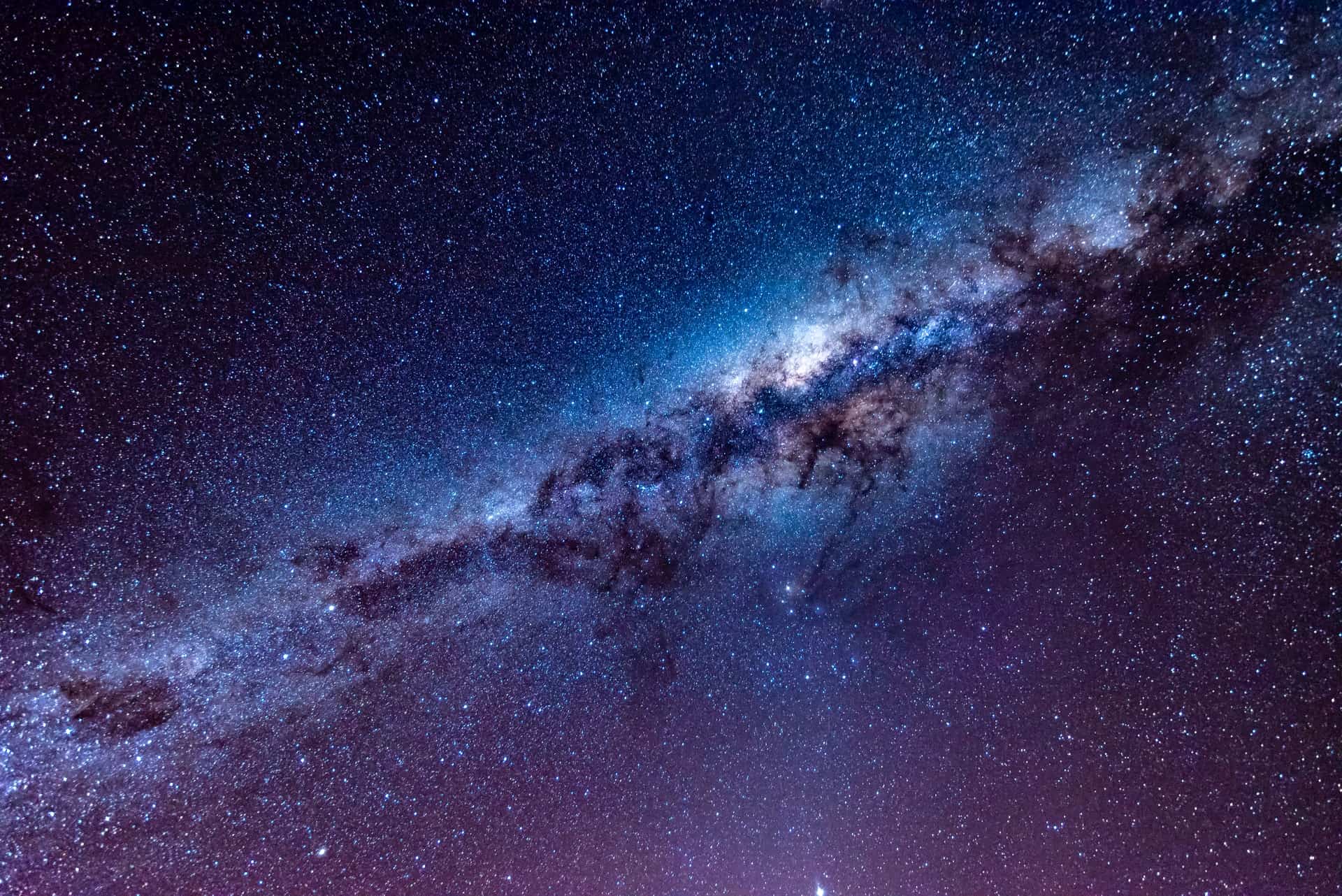
It Looks Like Home: Facts About Barred Spiral Galaxies
January 2, 2023 - Emily Newton
Revolutionized is reader-supported. When you buy through links on our site, we may earn an affiliate commission. Learn more here.
There is a lot to learn about galaxies and science has only just begun. Researchers have taken a peek at spiral galaxies, some of the most abundant in the universe. They’ve even peered at elliptical galaxies, the remnants of massive galactic collisions. There are two types of galaxies left to explore. The first is the barred spiral galaxy. How is this different from the spiral galaxy? Here is a closer look at some fascinating facts about barred spiral galaxies, including the one humanity calls home.
They Get Their Name From a Bar of Stars
Barred spiral galaxies share many of the same characteristics as standard spiral galaxies and have a supermassive black hole in their core. They spin, appearing similar to an interstellar hurricane and featuring two to four arms extending from the galaxy’s edges. Their difference lies in a massive bar-shaped structure in the galaxy’s center.
It’s important to remember these bars might appear solid, but they are anything but. Instead, they glow brightly because of star density. There are many more stars in these bars than in the rest of the galaxy, so they stand out when observed from a distance. Astronomers believe these bars form because of a density wave radiating from the galaxy’s center, which reshapes the stars’ orbit closest to the galaxy’s core and creates the bar structure.
They Come in Five Classifications
Edwin Hubble created the basis for the galactic classification system scientists still use today. Barred spiral galaxies are given the general classification of “SB” — short for spiral barred. Other categories are necessary to identify specific galaxies. These classifications include:
- SB0 — a type of lenticular galaxy which falls between elliptical and spiral galaxies in the classification. They have spiral arms, but they’re wound so tightly that it’s impossible to distinguish them from the rest of the galaxy.
- SBa — Barred spiral galaxies that feature tightly bound spiral arms.
- SBc — Barred spiral galaxies that feature loosely bound spiral arms.
- SBb — Barred spiral galaxies that fall in the middle between SBa and SBc.
- SBm — A cross between an irregular and a barred spiral galaxy.
In 1959, astronomer Gerard de Vaucoulers changed the galactic classifications as humanity’s understanding of the universe evolved. According to Vaucouleurs, normal spiral galaxies became SA while barred spirals remained SB. Spirals with very weak bars were designated SAB. He also added classifications ‘d’ as a potential classification for both spiral and barred spiral galaxies.
There are also galaxies — such as NGC 5398 — classified as SBdm, which indicates it is a type of barred Magellanic Spiral rather than a traditional barred spiral galaxy. Magellanic spirals are a type of dwarf galaxy. Unlike other spiral galaxies with an even number of arms, Magellanic spirals have a single spiral arm. They are often considered a middle ground between dwarf spiral and irregular galaxies.
There Are a Lot of Theories About the Bars
Now that astronomers have identified the difference between spiral and barred spiral galaxies, they’ve developed many theories about the bars, how they form and their functions.
As the bars form, they appear to be self-perpetuating. They grow longer or broader, depending on the type of galaxy they call home and how much mass they can accumulate. The more mass a bar accumulates, the shorter and stubbier it becomes.
Some astronomers theorize these bars serve as stellar nurseries, accumulating the gas and dust necessary to give birth to new stars. That would explain their brightness and why they grow or shrink over time.
Others think the bars are a signifier of galactic maturity. Spiral galaxies may develop bars at the end of their formative years. One study from 2008 found around 65% of spiral galaxies in the local interstellar neighborhood have bars, while only about 20% of old spirals have the same.
Transitioning from a spiral to a barred spiral galaxy is a process that can take upwards of two billion years. There is another theory that indicates bar formation is something that could potentially recur throughout the galaxy’s long life span.
The Milky Way Is a Barred Spiral Galaxy
Exploring facts about barred spiral galaxies isn’t always easy. People often say it’s difficult to see the big picture while standing inside the frame. This statement is true for things here on Earth, but it also applies to observations of the Milky Way. Most looks at the universe come from telescopic imagery of galaxies outside the Milky Way. It’s challenging to observe the shape or classification of this galaxy while being inside it.
Researchers have one advantage — humanity’s home system lies in one of the Milky Way’s spiral arms. The Earth is on the galaxy’s outer edge, so scientists can turn their eyes inward and peer toward the supermassive black hole at the Milky Way’s core, but it’s still challenging to see the whole picture.
From observations of the known universe, they understand the Milky Way is a spiral galaxy and also believe it to be a barred spiral. The stretches of stars people see in the night sky identified as part of the Milky Way may be humans observing the galaxy’s bar from the inside. Talk about not seeing the forest for the trees.
Learning More With Facts About Barred Spiral Galaxies
Researchers learn more about the Milky Way and facts about barred spiral galaxies every time they peer up at the night sky. The bars may be transitory — forming for a short period before fading away as new stars are born. They may even indicate the galaxy’s age, a sign it has decided to put away childish things and start a stellar family. Whatever the case, the bars within barred spiral galaxies present yet another mystery.
Bars in spiral galaxies are common, but they are far from universal. Understanding what causes these bars to form or vanish could go a long way toward advancing people’s understanding of the universe. There are still a lot of unanswered questions out there and even more mysteries waiting to be solved. This is just one piece of an expansive galactic puzzle humanity is just starting to figure out.
Revolutionized is reader-supported. When you buy through links on our site, we may earn an affiliate commission. Learn more here.
Author
Emily Newton
Emily Newton is a technology and industrial journalist and the Editor in Chief of Revolutionized. She manages the sites publishing schedule, SEO optimization and content strategy. Emily enjoys writing and researching articles about how technology is changing every industry. When she isn't working, Emily enjoys playing video games or curling up with a good book.







